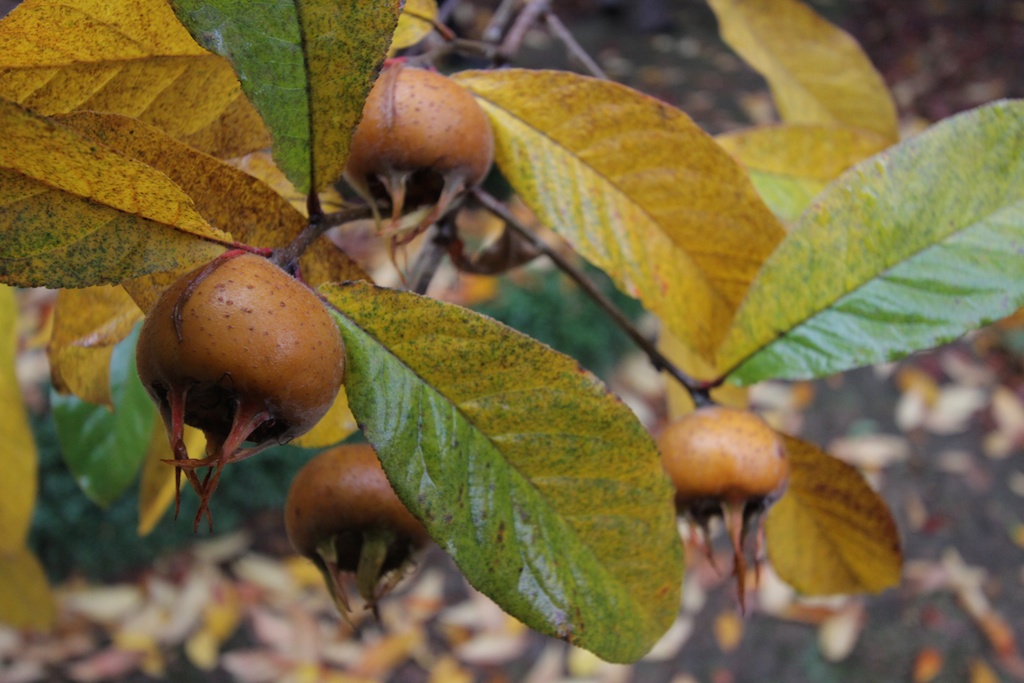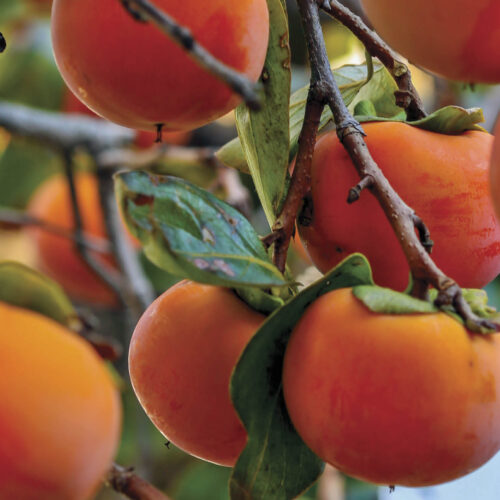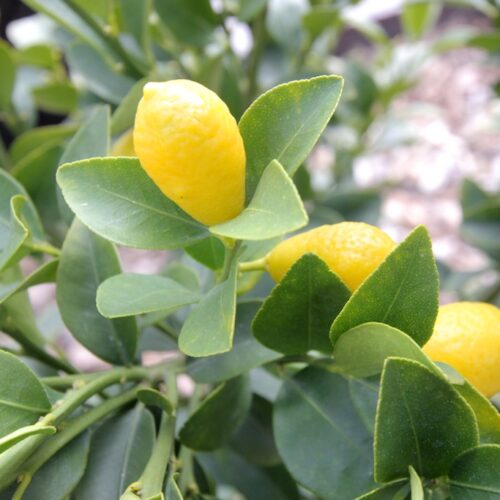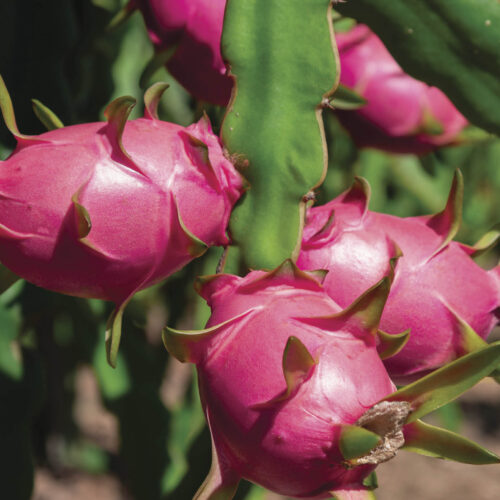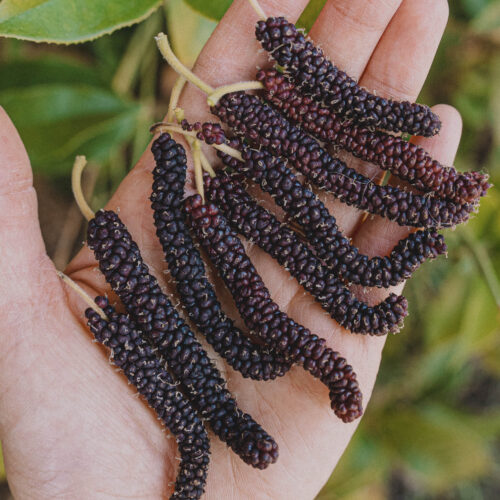Bletting medlars
2015-05-27T04:09:40+10:00
PENNY WOODWARD advises that this is not a new swear word.
Medlar fruits, Mespilus germanica, are inedible when hard and can only be eaten once they have been allowed to ‘blet’. They are picked in late autumn and stored in a cool, dry place until about two weeks later they soften, become mushy and turn a darker brown. This process is known as ‘bletting’. The flesh now smells like ripe apples, tastes like honey and has a texture of custard. Yum. This is one of those fruits that you don’t see unless you grow them yourself.
Medlars are a member of the Rose family and grow easily in most soils as long as they are well drained. They are also happy in pots or espaliered on a screen. Dig in animal manure before planting and add a layer of manure each year in spring before mulching with lucerne hay or sugar cane. Deciduous trees grow from 2-4 metres tall and wide and like full sun. The rose-like flowers that appear in spring are single and pink and very pretty, the fruit is dark brown and rounded, with interesting indented calyces and a small crown of sepals. Birds and possums ignore them in my garden.
In autumn the fruit make a subtle but beautiful display, contrasting with the russet and then yellow autumn leaves. Fruit are high in tannins so inedible while hard. But once ‘bletted’ I love to eat them fresh, scooping the flesh out of the skin. The large rounded seeds are sucked clean and spat out. The flesh can also be added to cakes, biscuits and desserts. Try just mixing the flesh with thick cream and a little brown sugar, or bake them like small apples with butter and cloves. Or if you have plenty, make them into jams and jellies that combine really well with gamey meats.
Prune trees in autumn after the fruit are harvested, just take out crossed branches and anything that looks diseased. Then prune back to the size that works for your garden. New fruit will grow on new growth the following spring.
So if you are looking for something different that has been in use since medieval times. A tree that is easy to grow, has attractive flowers, looks beautiful in autumn and also has edible fruit, then look for medlars in your local nursery in winter, or order bare-rooted from a specialist nursery.

